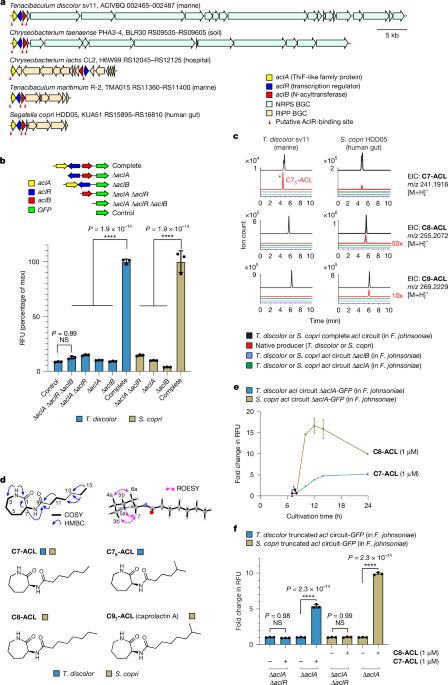Professor of Oral Microbiology, King’s College London. Microbiome.
Reposted by William G. Wade
Reposted by William G. Wade

Reposted by William G. Wade
Reposted by William G. Wade
Reposted by Mart Krupovìč, William G. Wade
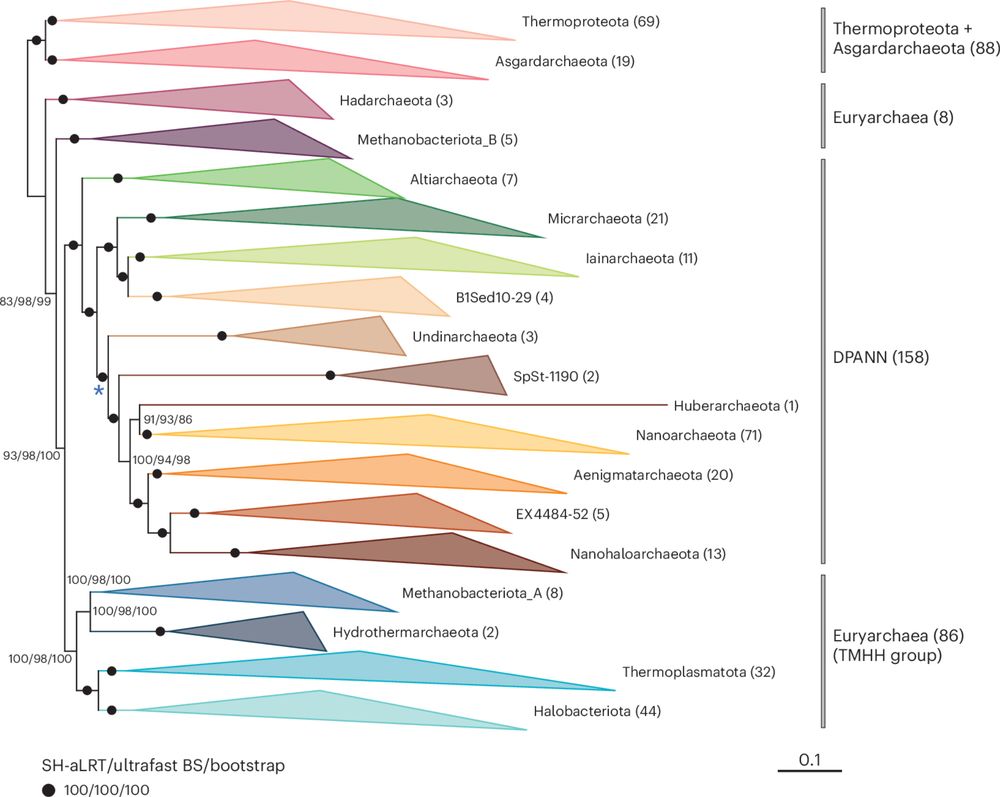
rdcu.be/erkkU
Reposted by Marc Strous, Andrew L. Jackson, William G. Wade
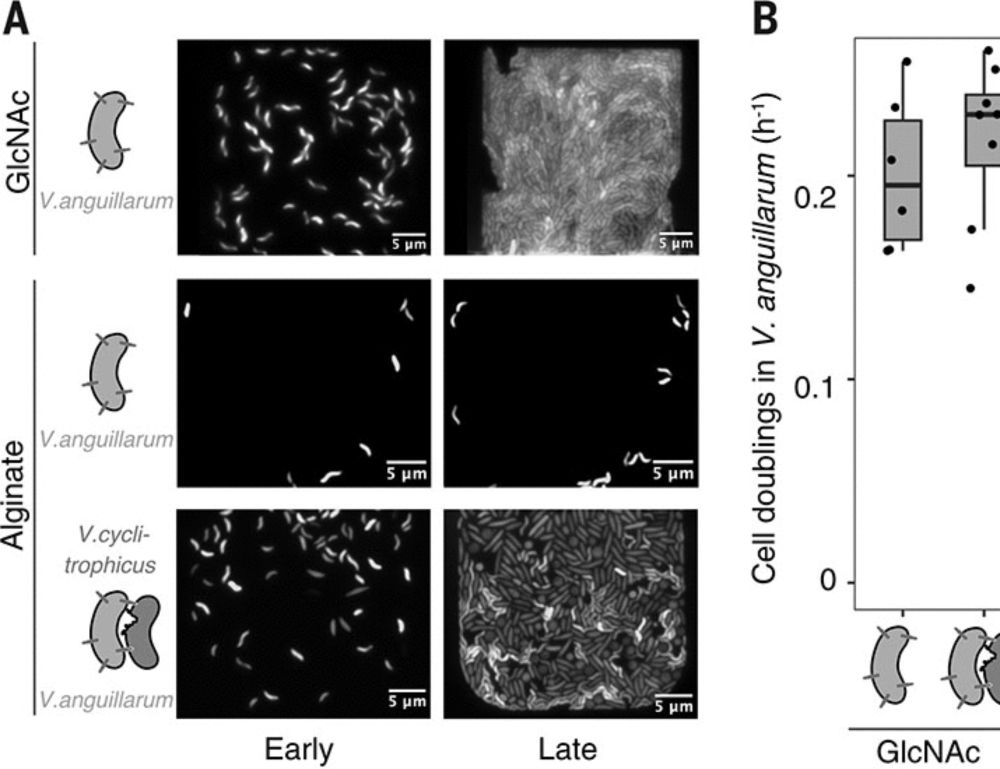
www.science.org/doi/10.1126/...
#MicroSKy #Microbiology
Reposted by Mya Breitbart, William G. Wade
Today, we jointly shed light on the mysterious world of archaeal extracellular vesicles from human gut archaea - published in @natcomms.nature.com in parallel with our precious colleagues around @mkrupovic.bsky.social 🇦🇹🤝🇫🇷.
Reposted by William G. Wade

Reposted by William G. Wade, Alan W. Walker
Read it here: www.nature.com/articles/s41...
#microsky #microbiomesky 🧪
Reposted by William G. Wade
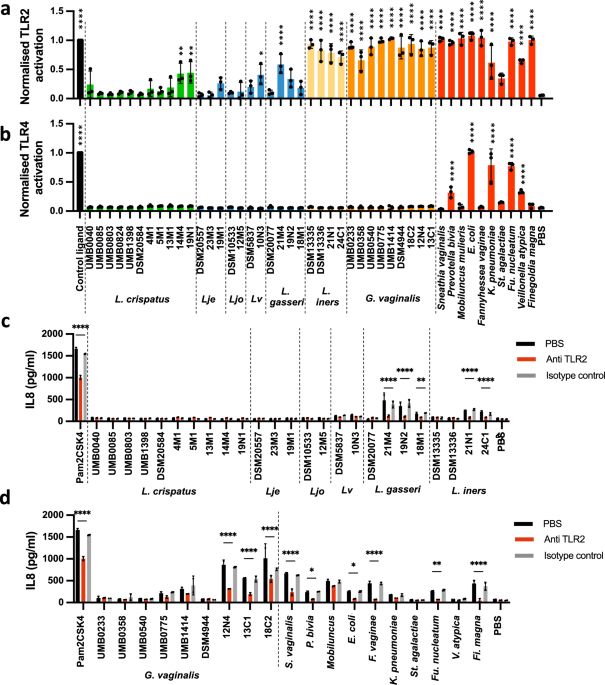
May protect against infections and preterm birth.
www.nature.com/articles/s41...
Reposted by William G. Wade
Reposted by William G. Wade
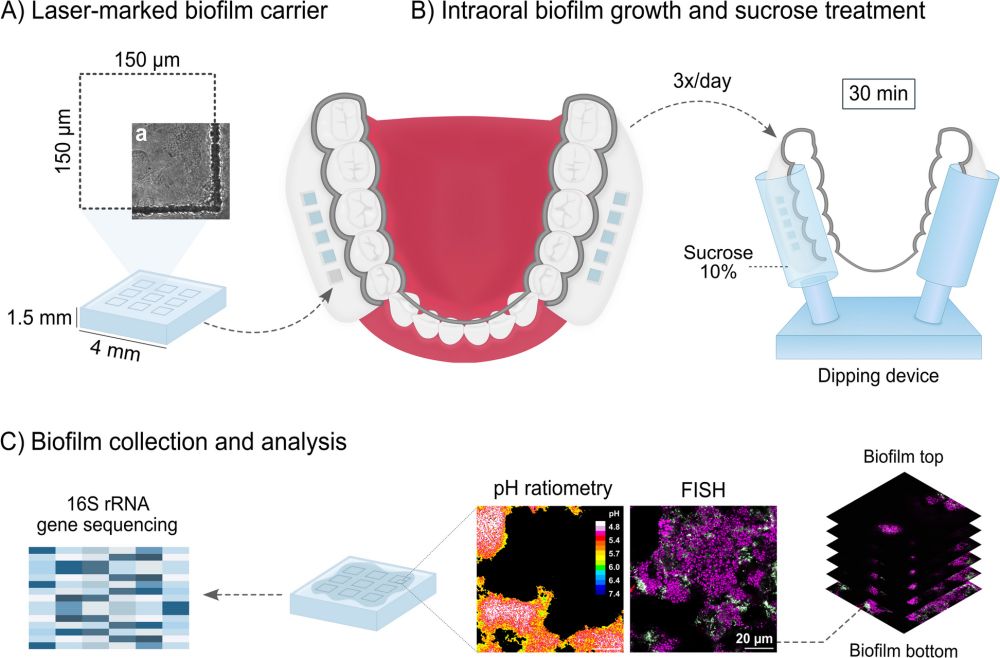
🌟 Exciting news! Our latest collaborative research with team @aarhusuni.bsky.social introduces pH-FISH, a novel technique combining pH ratiometry and FISH to simultaneously unravel microbial identity and local biofilm pH. 🔬 🧪 #MicroSky
link.springer.com/article/10.1...
#Microbiome #Biofilms
Reposted by William G. Wade


julkaisufoorumi.fi/en/news/chan...
Reposted by William G. Wade
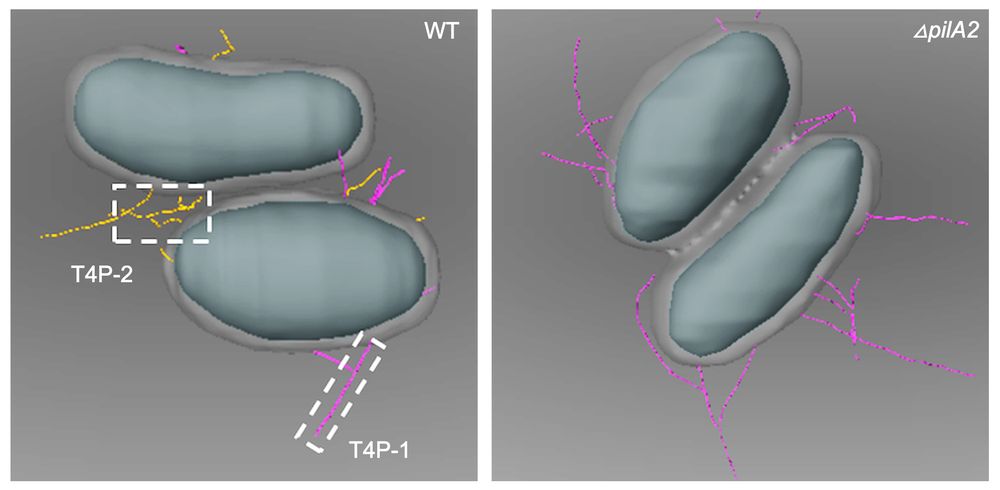
Reposted by Victor A. Albert, William G. Wade

Reposted by William G. Wade

www.nature.com/articles/s41...
🔓 rdcu.be/d0hBg
#GastroSky #Microsky
Reposted by William G. Wade
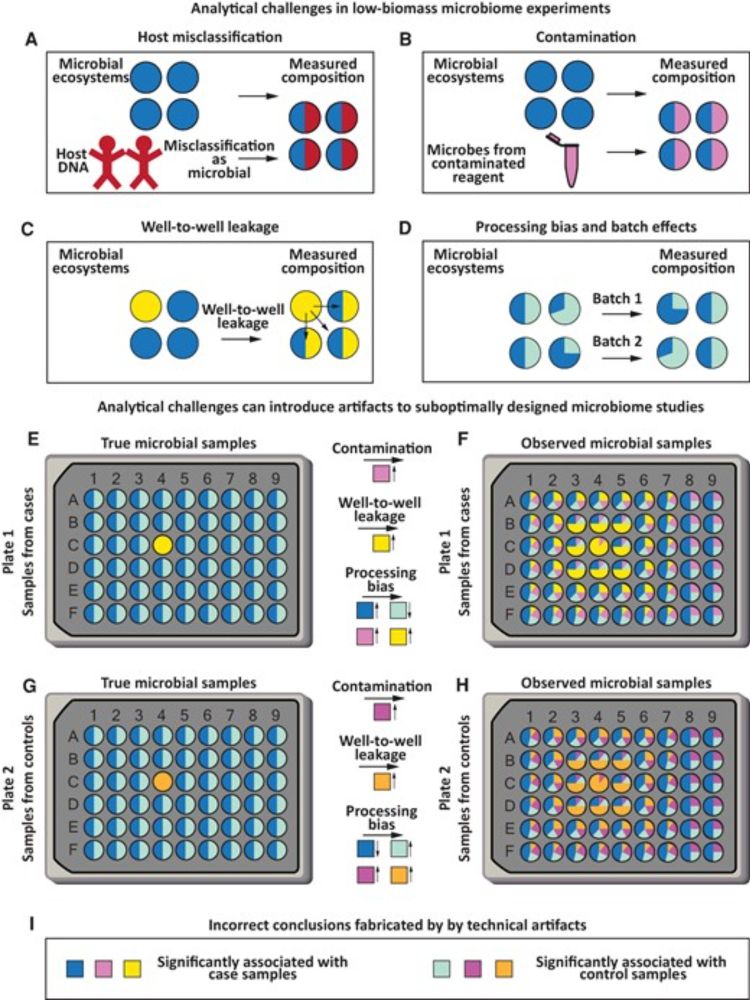
Reposted by William G. Wade

www.nature.com/articles/s41...
Reposted by William G. Wade

www.nature.com/articles/s41...
Reposted by William G. Wade
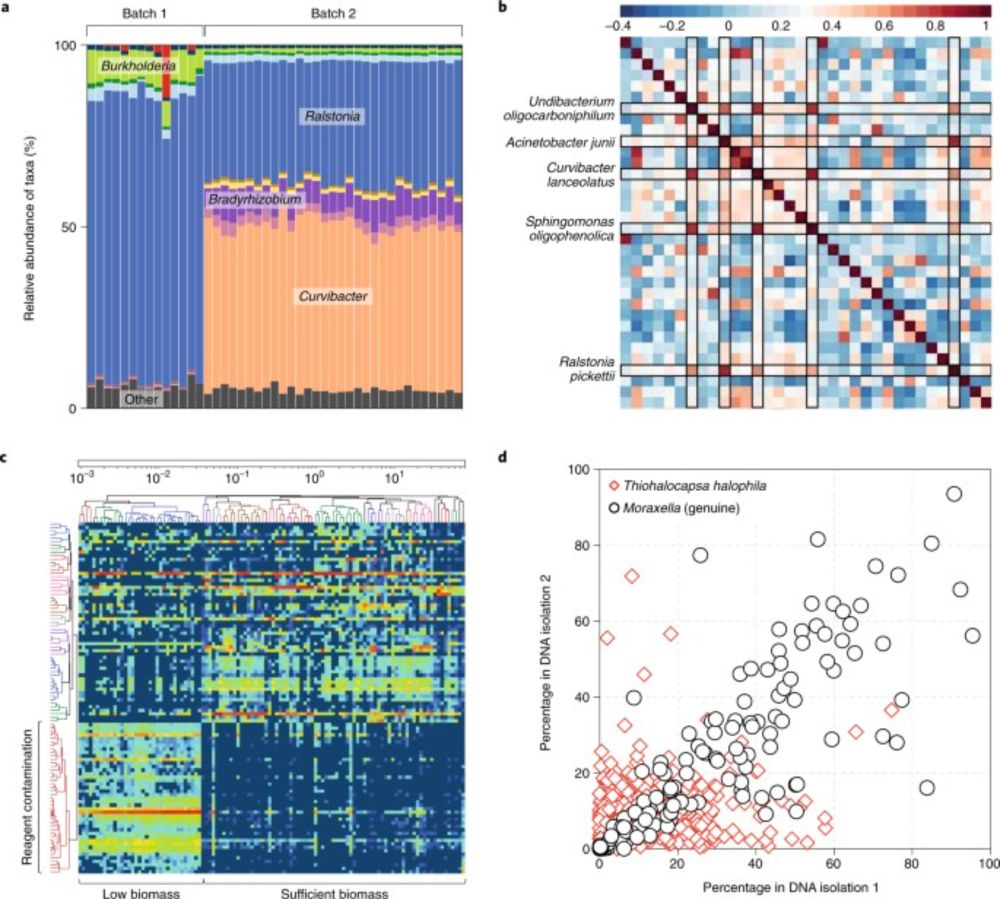
"...many papers in the literature report microbial associations that go against basic understanding of microbial ecology, some of which can be likened to reporting blue whales in the Himalayas or African elephants in Antarctica."
Reposted by William G. Wade

Colleagues at the School of Dentistry of the University of Birmingham are advertising for an Assistant/Associate Prof post in oral microbiology:
www.jobs.ac.uk/job/DFL084/a...
www.jobs.ac.uk/job/DFL092/a...
Reposted by William G. Wade
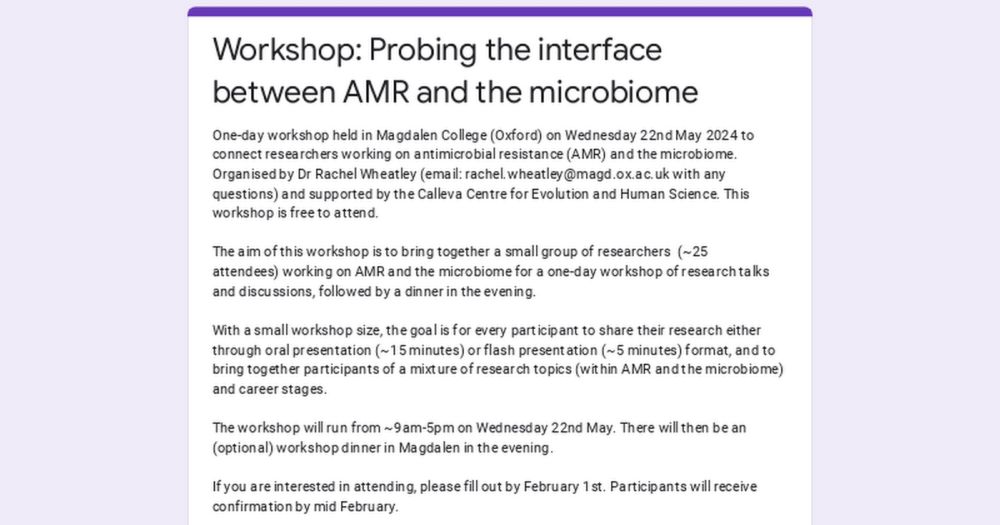
Are you interested?
forms.gle/26hx1UhvBBfh...
#MicroSky




